It’s hard to believe it’s almost four years since commemorations marking the centenary of the beginning of WW1. In November this year, it will be the centenary of the Armistice. Time has flown but going back a century, four years of war seemed an eternity and with no end in sight. One hundred years ago this month, the enlisted men and women in France and Belgium were just weeks away from the end of the European winter. And while the battlefields were quieter in the winter months, the trade-off was snow, mud, water-filled trenches and the all too common trench feet.

LIFE IN THE TRENCHES DURING A EUROPEAN WINTER. Image courtesy of the Australian War Memorial https://www.awm.gov.au/collection/E00146/
Those who had endured the previous two European winters knew too well, as the snow thawed and spring arrived, the fighting would again escalate. In February 1918, little did they know it was the beginning of the end. There was much in store for the Australian troops, the German Spring Offensive, fighting alongside U.S. troops for the first time, the Battle of Amiens and finally, victory to the allies and Armistice on 11 November 1918.
It’s also four years since I started writing the biographies of Hamilton’s enlisted men. A work in progress, there are now 125 published biographies at Hamilton’s WW1. For fifteen of those men, the year 1918 would be their last. Most of those fifteen first landed in Europe in 1916, but James Smyth was in the Middle East from 1915 including time at Gallipoli. Enlisting at just eighteen years and one month, James spent more than three in years in the desert as a signaller with the 9th Light Horse Regiment. In a matter of three weeks in October 1918, his life turned from a day when his bravery saw him awarded a Distinguished Conduct Medal, to his death from malaria in Damascus.

CAMP OF THE 9th LIGHT HORSE REGIMENT IN PALESTINE DURING MAY 1918. Image courtesy of the Australian War Memorial https://www.awm.gov.au/collection/B00021/
Spare a thought for William Austin, also part of the Gallipoli campaign. There he received a gunshot wound to his shoulder region with damage to his lungs. He returned to the front in 1916 in France but struggled with bronchitis and other related illnesses until influenza claimed is life on 11 October 1918 in England, so close to the end.
With the 10th Infantry Brigade Headquarters, Frank Morrissey was part of the final push to break through the Hindenburg Line in the Battle of St Quentin Canal. He was killed on 29 September 1918 aged twenty-two. Also Frank’s age was young boundary rider Stan Niddrie who enlisted in 1915 but was not overseas until 1916. Reaching the rank of Sergeant, he was killed at Villers-Bretonnuex on 6 August 1918.
Former V.F.L. (Victorian Football League) footballer and Hamilton teacher, Leslie Primrose (below) an airman with the Australian Flying Corps, crashed his plane during a training exercise near Amiens and killed as a result on 4 June 1918. He’d only been in France three months.

LESLIE JOHN PRIMROSE. Image courtesy of the Australian War Memorial https://www.awm.gov.au/collection/DACS0594/
Leslie Sangster (below), a Hamilton High School science teacher and sports master enlisted in January 1917. On 18 August 1918, he was killed at Harbonnieres, France a month short of his twenty-second birthday and three months short of war’s end.

LESLIE FAIRBURN SANGSTER. Image courtesy of the Australian War Memorial https://www.awm.gov.au/collection/P05248.117/
During James Black’s two years overseas, he was disciplined many times and served six months incarceration in a military prison. He struggled with army life, the horrors of war and alcohol. James was killed on 24 April 1918 near Villers-Bretonneux. His body was never found. Also killed in April 1918 was George Herlihy (below). Mentioned in dispatches in 1916, he was killed by a shell on 11 April 1918 at Amiens, France.

GEORGE HERLIHY. Image courtesy of the Australian War Memorial https://www.awm.gov.au/collection/C1237087
Just three months after his discharge from a military prison for desertion, John Whitehead was awarded a Military Medal (M.M.) for his “marked gallantry and devotion to duty” during the Battle of Amiens on 9 August 1918. Three weeks later he was dead, hit by a shell at St Martins Wood, France. Also a M.M. recipient, John Fenton (below) was at Ribemont, France on 31 May 1918 when a mustard gas shell burst at his feet. He died in hospital three weeks later.
Brave Charles Stewart (below) lost his life to sniper fire while bandaging the wounds of a fellow soldier during the Battle of Amiens on 9 August 1918. Correspondence from the battalion to Charles’ mother revealed he “…never knew what fear was, and every man in the company says the same”.

CHARLES HERBERT STEWART. Image courtesy of the Australian War Memorial https://www.awm.gov.au/collection/P06958.001/
For some, the war was over but the fight wasn’t. From April to September 1918, Walter Boxer displayed extreme bravery many times as a stretcher bearer. As a result, he was awarded a M.M., a bar for his M.M. and a Distinguished Conduct Medal (D.C.M) and four other nominations for a D.C.M. He was on his way home at the end of 1918 with severe injuries but recovered to secure a job, marry and see the birth of a son. In 1927, tuberculosis cut his life short at the age of thirty-four.
Fred Waring was overseas from the end of 1915, fighting in many major campaigns with the 4th Field Artillery Brigade. By war’s end, he was in London with the Postal Corps but never returned home. Suffering lung-related illnesses during 1919, septicemia claimed his life in a London hospital.
Albert Davies (below right) returned to Australia in 1919, suffering symptoms similar to anxiety. Illness in England saw that Albert did not reach the battlefields but his brother Stanley (below left) was killed at Ypres in 1917. On his return to Hamilton Albert found his mother bedridden, her death imminent. By 1935, Albert was unemployed with little to his name. While riding his bike in Richmond that year, he was hit by a car and killed at the age of thirty-seven.

STANLEY and ALBERT DAVIES. Image courtesy of the Australian War Memorial https://www.awm.gov.au/collection/DA15721/
William Brake (below) served in the Middle East and Europe and returned to Australia in 1919. By 1922, he was dead from tuberculosis aged twenty-nine.

WILLIAM BRAKE. Image courtesy of the State Library of Victoria https://www.awm.gov.au/collection/C1286963
William was buried at the Hamilton Old Cemetery.
For those at home, by 1918 it seemed like an age since the first news of Australia at war. Those of you who have followed the regular “100 years ago in the Hamilton Spectator” posts at Hamilton’s WW1 Facebook page have seen how the district adjusted to war. New and distant place names such as the Dardanelles, Syria, and the Somme became part of regular conversation. The four years saw thousands of socks, scarves, and pyjamas made just in the Hamilton district alone, thousands of pounds raised for various war funds, and many tears shed. By February 1918, men were returning at a steady rate but they had changed from the men the Hamilton people had bid farewell to at the railway station in the years earlier.
The war barely left a home in Hamilton untouched. It even knocked on the door of the Hamilton Mayor. In the role since August 1917, Robert McLuckie comforted numerous grieving families, presided over many send-offs and welcome home celebrations. On 17 July 1918, his son John McLuckie sailed for England. John fell sick on the voyage and died from pneumonia on 17 October 1918 in England, leaving a widow and four sons. When Armistice came in November 1918, one could only imagine the McLuckie’s sadness knowing if only John’s departure was delayed by a few months, he’d still be safe at home. Robert McLuckie died suddenly in 1922 while still in office with grief and stress from organising Hamilton’s war effort taking a toll.
Hamilton cab proprietor William Sloan also succumbed to the weight of his grief. William and his wife Sarah endured eight months not knowing if son Joseph Sloan was alive or dead. After official confirmation in December 1917 of Joseph’s death, along with the death of William’s mother in January 1918, William sank into deep depression. Sarah didn’t like leaving him alone but one day in August 1918, with errands to run and William seeming happier, she stole herself away. William was dead when she returned.
There were others at home who thought their sons still alive come 11 November 1918 only to find out in the following days, weeks or months their sons were never coming home. Like Richard Hicks‘ mum Janet. Richard embarked in 1915 and was killed on 17 October 1918 less than four weeks from the end of the war. Six weeks after the Armistice, Janet Hicks found out Richard (below) was missing and it was the middle of 1919 before it was officially confirmed he would not return.

RICHARD ERNEST HICKS. Image courtesy of the Australian War Memorial https://www.awm.gov.au/collection/DA11301/
My WW1 research will continue up to and beyond 11 November 2018. In time, more of the biographies will be of returned men and their adjustment to post-war life. Unfortunately, the Hamilton Spectators are only digitised until December 1918 at Trove. Therefore the “100 years ago in the Hamilton Spectator” posts on the Hamilton’s WW1 Facebook page will come to an end this year. Last year, the posts went from six times per week to three coinciding with a paper shortage 100 years ago and the Spectator halving the number of publication days. Hopefully, it won’t be too long before we see Hamilton Spectator‘s at Trove for 1919 and beyond to help better understand how the people of Hamilton and district re-adjusted to life after WW1.
You can find more about Hamilton’s WW1 on the link – Hamilton’s WW1. To read the biographies published to date, click on the links to the following Hamilton WW1 Memorials – Hamilton War Memorial – Anzac Avenue – Clarke Street Memorial Avenue – or from the pages of enlistments on the link – Hamilton’s WW1 Enlistments. In each case, clicking on underlined names will take you to the enlisted man’s biography. The same applies to the names in this post.
















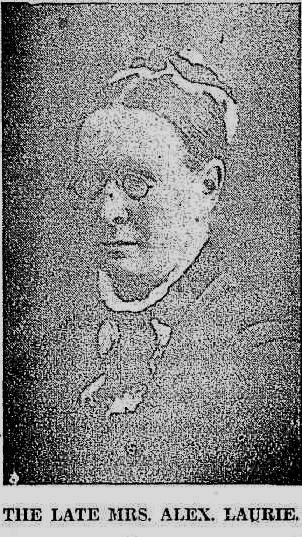










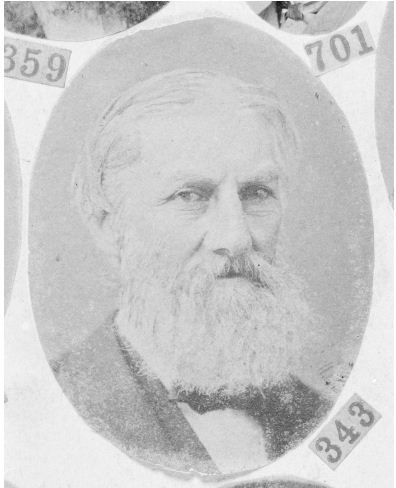
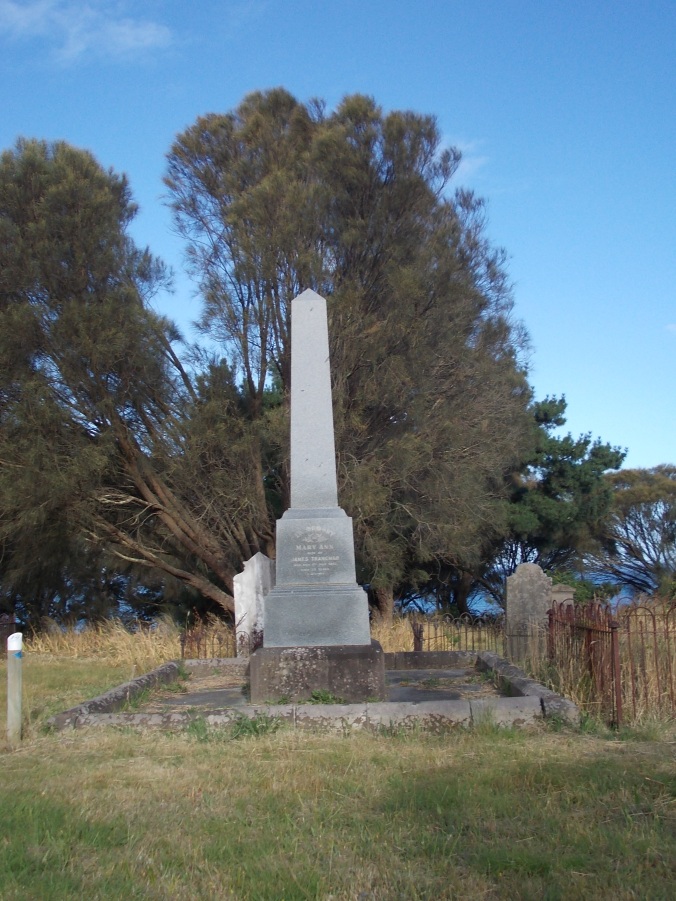
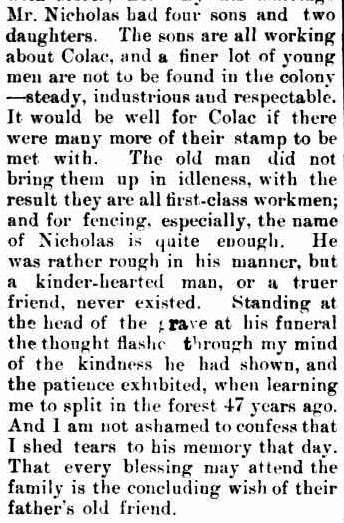




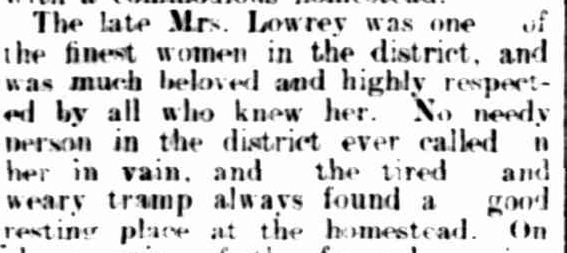
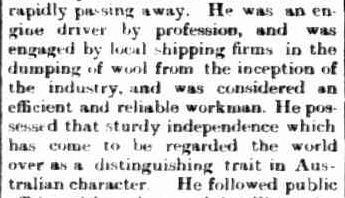
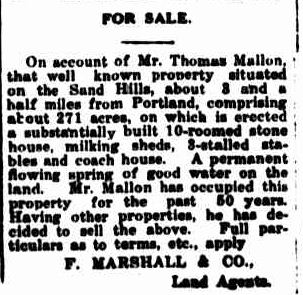



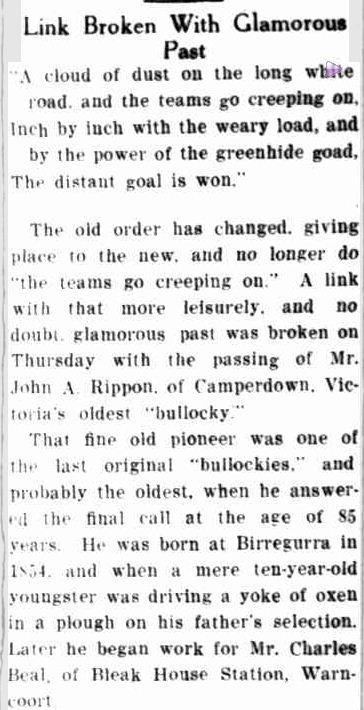

You must be logged in to post a comment.